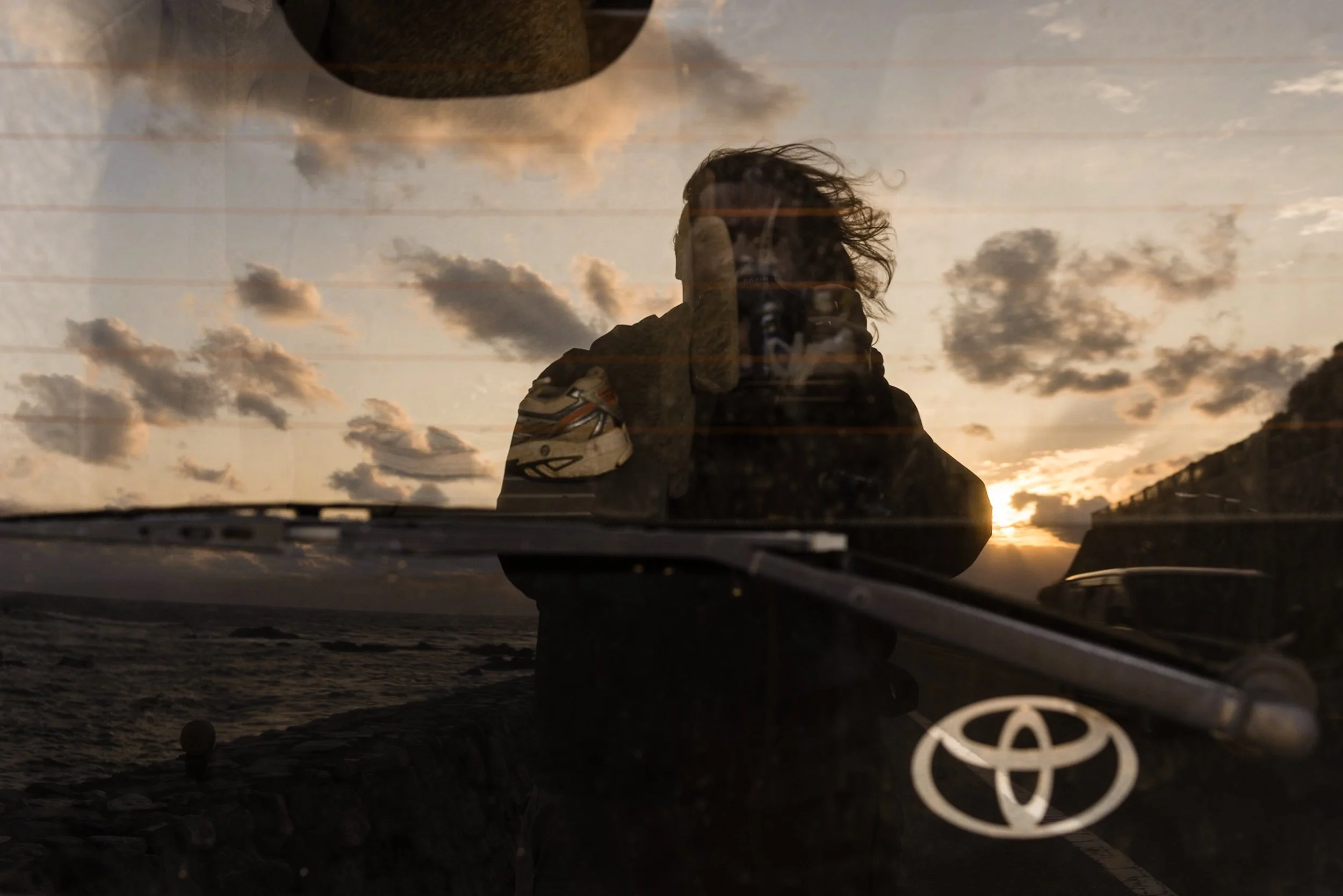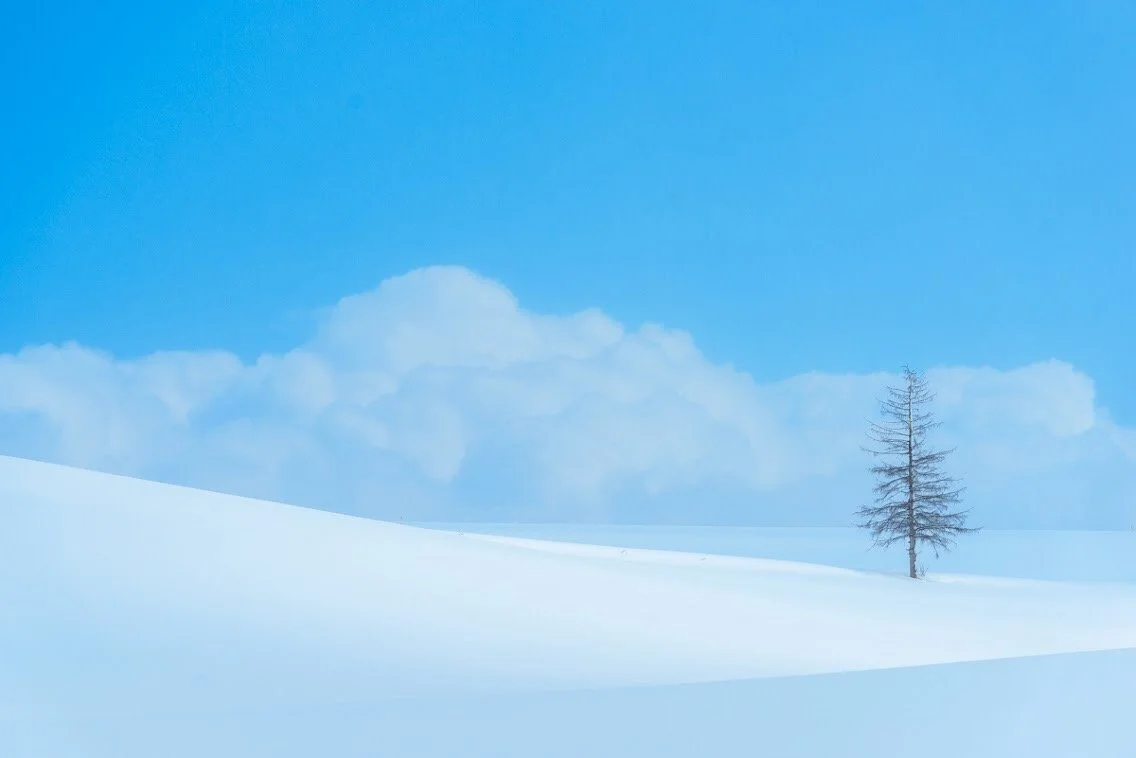Is Every Image We Take a Self-Portrait?
Self-Portraits in Japan
Do you take self-portraits? I think we all do. I know we all do. From a certain point of view, we all do. At least, I think we do, don’t we?
I never consider taking a self-portrait; it just happens. Case in point: this picture of me reflected in the window display of the Tokyo Adidas flagship store in Shibuya. I loved the idea of a mannequin with a mirror head and “new you” emblazoned across the top—save for the fact that it stood 7 feet. I am over 6 feet tall and just fit the bottom portion of the mirror.
I took this picture because it is exactly how I feel. The new me is always just out of reach exactly where he should be.
Reflected New Me, Shibuya. Visit this location in Shibuya on a Private Tour.
As I searched for additional images for this article, I observed a pattern. I seldom turn the camera towards myself; instead, I direct it forward, capturing reflections of my creations. For instance, the wild sea salt hair swirling in the Okinawa breeze. A textured stainless steel door in Ueno. A beloved spot for street photography from my early days in Japan. The curved glass of a once-significant building near Kawaguchi Station in Saitama, a lovely area just outside Tokyo. Each photograph was taken years apart with different cameras, yet all share the same intention. Am I seeing a new me? The old me? Perhaps a part of me is preserved for future reflection.
This last idea reminded me of a few wise words shared by a mentor to a struggling photographer searching for deeper meaning in his work. The wise words go like this: ‘Regardless of genre, isn’t every picture we take a self-portrait?’
It made perfect sense to my younger self. It granted me the freedom to photograph anything I desired, in any way I chose. While I don’t mean to belittle tradition, I sought to adapt its principles to my own style.
I ventured into street photography, while also exploring landscapes, portraits, and macro photography. Each of these genres was both thrilling and demanding.
I aimed to master several techniques. The permission I felt empowered all my creative expression. My favorite landscape shot utilized a long focal length and wide aperture, resulting in a shallow depth of field.
This isn't a common approach for such photographs; usually, settings like f8 or f11 are preferred for maximizing depth of field. After taking that shot, I then captured another. The first looks like it would make a great postcard or calendar image, while the second is a self-portrait.
As I gained more experience in landscape photography, I discovered that this approach resonated with me more than the conventional styles recommended in textbooks.
Biei, Hokkaido. Canadian Self-Portrait.
These concepts made their way to the streets. My approach to street photography started to defy conventional norms. Instead of the recommended wide-angle lens, I opted for longer lenses, ideal for Tokyo's long, narrow streets. Before the digital age, I worked with a type of film called Fuji Velvia, which was recognized for its vivid colours, fine grain, and impressive resolving power. It complemented the essence of Tokyo. In Paris or New York, I would have chosen differently.
The subject is always the most important, followed closely by how to frame that subject. All the other rules of street photography became colours on a painter’s palette with which to mix and match to reproduce the image in my mind.
As the years passed, I began to understand the concept that all the images I make are self-portraits. My work is all self-portraits, not out of design or purpose; rather, the self has been injected into each work. The choice of who, what, where, how, and why is used in the formula I use to calculate my creativity.







